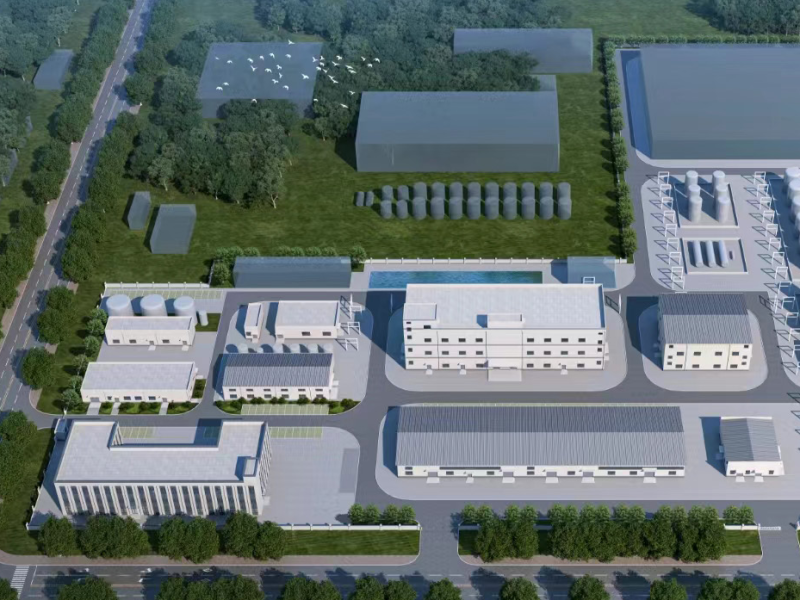
Container Buildings: Cost-Effective and Versatile Solutions for Commercial and Industrial Use
In today’s fast-paced industrial and commercial environment, businesses require flexible, cost-effective building solutions. Traditional construction methods can be expensive, time-consuming, and inflexible. Container buildings—repurposed or newly fabricated shipping containers—offer a modern alternative that is modular, durable, and highly adaptable.
This article explores the benefits of container buildings, key design considerations, and why B2B clients are increasingly adopting them for offices, storage, temporary housing, and industrial applications.
What Are Container Buildings?
Container buildings are structures made from steel shipping containers, either repurposed or purpose-built for construction. These containers can be stacked, joined, and modified to create a wide variety of layouts, from single-story offices to multi-level commercial spaces.
Unlike traditional buildings, container buildings are modular, transportable, and quick to assemble. They offer a cost-efficient solution for businesses that require temporary or permanent structures without long construction timelines.
Key Advantages of Container Buildings
- Rapid Deployment
Pre-fabricated container units can be delivered and assembled quickly, enabling businesses to set up offices, storage, or temporary accommodations in a matter of days or weeks. - Cost Efficiency
Using shipping containers significantly reduces material and labor costs compared to traditional construction, making it a budget-friendly solution for B2B clients. - Durability and Strength
Steel containers are designed to withstand harsh environments and heavy loads. They are resistant to fire, pests, and adverse weather conditions. - Modularity and Scalability
Containers can be stacked or arranged horizontally to expand space as needed. Modular designs allow for easy reconfiguration or relocation. - Flexibility in Design
Containers can be customized for different functions, including offices, storage, workshops, accommodation, and retail spaces. Interior partitions, insulation, and utilities can be tailored to operational needs. - Sustainability
Repurposing containers reduces construction waste and promotes recycling. Energy-efficient insulation and designs can further minimize environmental impact.
Design Considerations for Container Buildings
B2B clients should focus on the following when planning container buildings:
- Structural Reinforcement: Ensure containers are reinforced for stacking or modification to meet safety standards.
- Insulation and Climate Control: Proper insulation, ventilation, and temperature control are critical for human comfort and equipment protection.
- Utility Integration: Plan electrical, plumbing, and IT systems efficiently.
- Accessibility: Design layouts for ease of access, workflow, and safety.
- Future Expansion: Modular design enables additional units or floors to be added seamlessly.
Applications Across Industries
Container buildings are versatile and suitable for:
- Industrial Sites: Temporary or permanent offices, workshops, and storage.
- Construction Projects: Quick-deploy offices, accommodations, and canteens for workers.
- Retail and Commercial Spaces: Pop-up shops, cafes, or showrooms.
- Logistics and Warehousing: Secure storage for goods or equipment.
- Residential and Housing Projects: Temporary or permanent modular housing solutions.
Case Studies
- Construction Site Offices (UK):
Deployed 20 container units as temporary offices and worker accommodations. Reduced setup time and costs by 50% compared to conventional construction. - Logistics Storage Facility (USA):
Integrated container buildings for storage of spare parts and equipment. Modular layout allowed future expansion without disrupting operations. - Pop-Up Retail Space (Australia):
Created a flexible retail space using containers with climate control and interior customization. Fast deployment enabled immediate business operations.
Why B2B Clients Should Consider Container Buildings
Container buildings offer significant advantages for commercial and industrial clients:
- Speed: Quick deployment supports tight project schedules.
- Cost Savings: Lower construction, labor, and maintenance costs.
- Durability: Resistant to weather, pests, and heavy use.
- Flexibility: Modular design allows customization, relocation, or expansion.
- Sustainability: Reusing containers reduces waste and supports eco-friendly operations.
- Operational Efficiency: Optimized layouts and modularity streamline workflows.
For B2B clients, container buildings are a strategic choice for operational efficiency, cost reduction, and adaptable infrastructure solutions.
Conclusion
Container buildings provide a versatile, cost-effective, and durable solution for commercial and industrial needs. Prefabricated modular units, rapid assembly, and flexible layouts make them ideal for offices, storage, housing, and retail applications.
For B2B clients seeking efficient, scalable, and sustainable building solutions, container buildings offer a practical and forward-thinking alternative to traditional construction methods. They combine speed, durability, and adaptability to meet the evolving demands of modern businesses.
